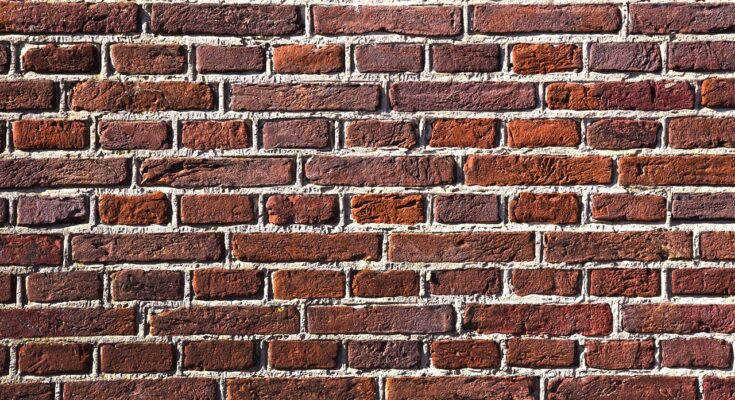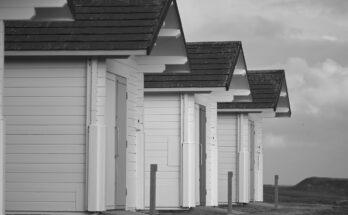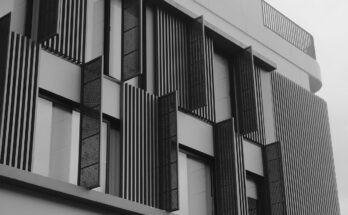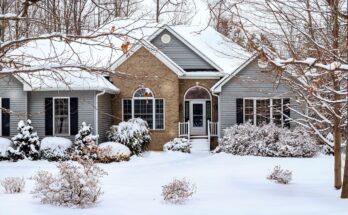ZonaJakarta – It gives you the classic look of a full brick wall—warm, textured, and timeless—without the bulk or cost of traditional brick construction.
Whether you’re finishing off a new build, refreshing a commercial façade, or adding character to an interior feature wall, brick slips are a smart and stylish solution.
But like all building materials exposed to the elements, brick slip cladding needs a little maintenance to keep performing well and looking its best. It’s not high-maintenance by any means, but ignoring basic upkeep can lead to unsightly damage or worse, costly repairs.
Here’s a fully fleshed-out guide on how to take care of your brick slip cladding the right way.
1. Inspect Regularly, Especially After Harsh Weather
Start by getting into the habit of walking around your building a couple of times a year—ideally once in the spring and again in the autumn. These seasonal check-ins are your first line of defense. Look out for:
– Cracks in the mortar joints
– Loose or missing slips
– Discoloration or efflorescence (a white, chalky residue caused by moisture drawing salts to the surface)
– Signs of water damage or damp patches
Pay special attention to vulnerable areas: above windows and doors, around corners, near downpipes, and anywhere the wall may get extra exposure to wind or water. After a heavy storm or a freezing winter, an extra check doesn’t hurt.
2. Keep the Cladding Clean, But Avoid Harsh Methods
While brick slip cladding tends to age gracefully, over time it will pick up dirt, moss, and general grime—especially in shaded or damp areas. A simple clean can make a big difference, but there’s a right and wrong way to do it.
What to do:
Use a bucket of warm water with a mild, pH-neutral detergent. Scrub gently using a stiff-bristled brush (not metal) and rinse with a low-pressure garden hose.
For slightly tougher stains, you can use a vinegar and water solution or buy a gentle brick cleaner from a hardware store.
What to avoid:
Pressure washers are a bad idea for brick slips. They can blast off mortar, weaken adhesion, and force water into tiny gaps behind the slips.
The same goes for acid-based cleaners—they’re too aggressive and can damage the surface or alter the color of the slips.
3. Maintain Mortar Joints (Repoint When Needed)
The pointing (the mortar between each slip) is a vital part of your cladding system. It seals out moisture, supports the structure, and keeps the whole façade looking neat. Over time, pointing can degrade due to weathering, movement, or even poor installation.
If you notice crumbling, cracking, or gaps in the mortar, it’s time for some repointing. This involves carefully removing the damaged mortar and refilling the joint with fresh mix. You’ll want to match the original color and texture for a consistent finish.
For small touch-ups, handy homeowners might do this themselves with the right tools and a steady hand. For larger sections or higher walls, it’s usually best left to a professional mason.
4. Address Water Issues Immediately
Moisture is the enemy of any cladding system, and brick slips are no exception. While the slips themselves are usually made of durable materials like clay or concrete, water trapped behind them can cause major problems, from staining and mold to structural separation.
Keep your eyes out for:
– Overflowing gutters or blocked downspouts
– Water stains running down the wall
– Splashback from poorly directed drainage
– Plants or moss growing directly on or near the wall
Make sure water is being directed away from your cladding. Fix guttering problems quickly, clear out any debris that could cause overflow, and trim back any nearby vegetation that may trap moisture.
5. Deal with Loose or Falling Slips Promptly
Loose brick slips aren’t just a cosmetic problem—they’re a sign that something’s gone wrong behind the surface, either with the adhesive, the substrate, or water infiltration.
If you find a slip that’s wobbling or has fallen off:
– Don’t panic. It’s often localized and can be fixed.
– Clean the area. Remove any old adhesive or loose debris.
– Reapply with the correct adhesive. Use a high-quality construction adhesive or mortar designed for exterior use.
– Check for deeper issues. If several slips are coming loose, it could be a sign of substrate movement or widespread adhesive failure. That’s a job for a professional.
6. Consider a Breathable Sealant (Optional but Useful)
In wetter climates or pollution-heavy areas, applying a breathable sealant can help protect your brick slips from moisture, staining, and biological growth like algae or mold. The key word here is breathable. You want a sealant that allows water vapor from inside the wall to escape, while keeping rain and dampness out.
Not all brick slips need to be sealed, especially if they’ve been pre-treated or are naturally weather-resistant. But if you’re noticing recurring moisture issues or want to extend the life of the surface, a breathable water repellent might be worth looking into.
7. Get a Pro In Every Few Years
Even with regular DIY checks, it’s wise to have a professional carry out a full inspection every few years. They’ll be able to spot structural issues, check the stability of the cladding system, and handle repairs you might not feel comfortable doing yourself—especially at height.
Final Word
Brick slip cladding might be low-maintenance, but it’s not no-maintenance. A little care goes a long way in preserving its rustic charm and making sure it holds up against the elements. Keep it clean, fix the small stuff early, and be smart about water management. With those habits in place, your brick slip walls will continue to turn heads and stand strong for decades. (*)




